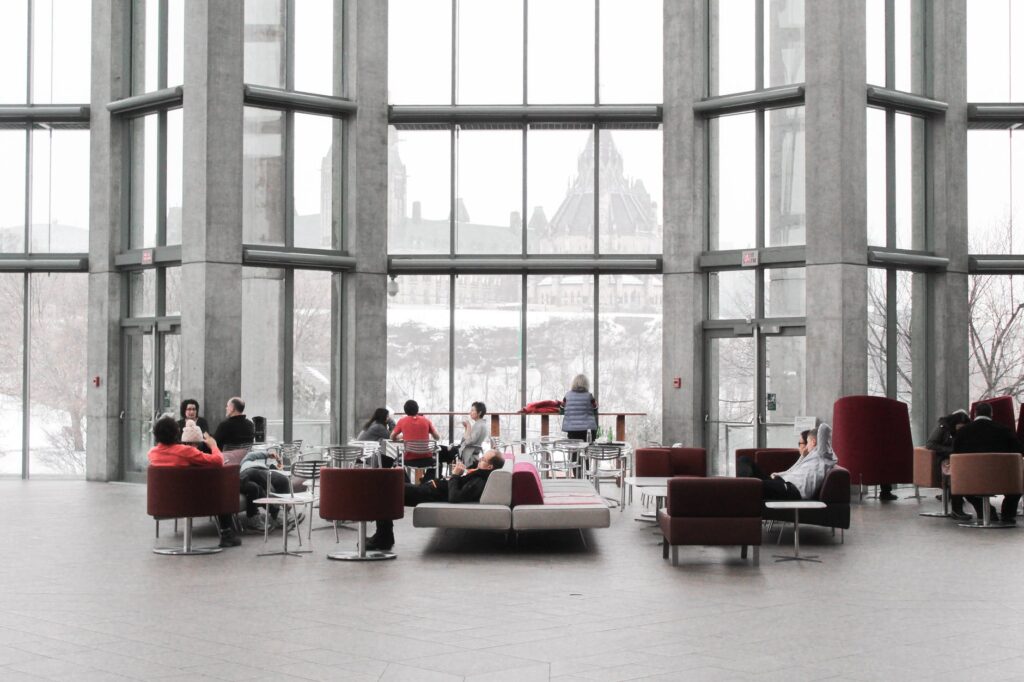Does Stamford offer enough work from home lifestyle amenities to remain relevant? The high office vacancy rate isn’t a new thing because of COVID, troubling signs existed well before. But the new model of bright open spacious places to live and work are few and far between. Tiny apartments with limited park spaces make for a cramped lifestyle in better times. These pandemic weeks that turned into months have brought pressure on developers to rethink what they should be investing in. Here’s a list of things they should consider.
Without strategies and technologies that can keep employees healthy and happy, Stamford may lose out to the work-from-home revolution in leafy suburbs. For decades, office developers and companies alike have squished more employees into smaller spaces, driving up productivity per square foot, but making access to fresh air and natural light a perk rather than a basic environment.
“Building managers and architects have always treated daylight and views as luxuries,” The Great Indoors author Emily Anthes said in an interview with Monique Salas of SageGlass. Her book examines the impacts of the buildings where Americans spend the vast majority of their lives on their overall health.
Access To Daylight And Views
The one thing that many work from home workers have discovered is that their home setting provided sunlight and nature views, whether it was a backyard or other greenery. Apartment dwellers have had a more challenging time of it, especially when you consider the south end of Stamford. Tall high rises with narrow streets have sprouted up from the time that communal amenity space made up for compact apartments. But with an ongoing need for video and conference calls, communal has become a less desirable way to create living space.
The glass windows that glean in the morning and afternoon sun are not necessarily accessible to all who work on the floors. If open floor plans do have views of the outside, many tenants cover up windows with blinds that block views and daylight, because windows can make it too hot in the summer or too cold in the winter. And climate controls have always made it harder to accommodate large spaces. Monitors and window glare don’t really mix that well either.
A walk on Atlantic or Bedford street shows that ground-level retail follows the same cues that the office buildings do, windows filled with posters, banners, or blinds, all geared to minimizing daylight. It isn’t surprising that restaurants quickly discovered that outdoor dining is here to stay because people enjoyed being outside and knowing how crowded the spaces were. The same could be said for office culture. If office managers don’t communicate how the return to office workspace is going to work now, then they will have a rough time enticing workers back.



